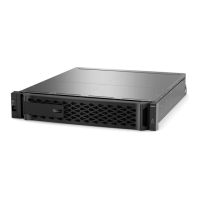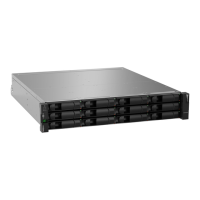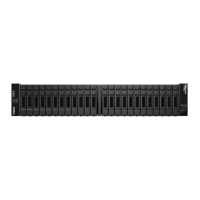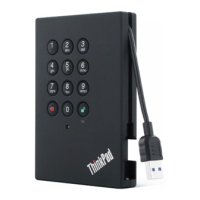2. If you have not already done so, reinstall the cable management device.
3. Bind the cables to the cable management device with the hook and loop strap.
4. When you see Press Ctrl-C for Boot Menu, press Ctrl-C to interrupt the boot process.
5. Type boot_ontap menu.
6. Select option 5 from the menu that appears to boot into maintenance mode.
Running system-level diagnostics
After installing a new DIMM, you should run diagnostics.
Before you begin
Your system must be at the LOADER prompt to get to the maintenance menu to start System Level
Diagnostics.
About this task
All commands in the diagnostic procedures are issued from the controller where the component is being
replaced.
Step 1. If the controller to be serviced is not at the LOADER prompt, perform the following steps:
a. Select the Maintenance mode option from the displayed menu.
b. After the controller boots to Maintenance mode, halt the controller: haltAfter you issue the
command, you should wait until the system stops at the LOADER prompt.
Important: During the boot process, you can safely respond y to prompts.
Step 2. At the LOADER prompt, access the special drivers specifically designed for system-level
diagnostics to function properly: boot_diags
During the boot process, you can safely respond y to the prompts until the Maintenance mode
prompt (*>) appears.
Step 3. Run diagnostics on the system memory: sldiag device run -dev mem
Step 4. Verify that no hardware problems resulted from the replacement of the DIMMs: sldiag device
status -dev mem -long -state failed
System-level diagnostics returns you to the prompt if there are no test failures, or lists the full status
of failures resulting from testing the component.
Step 5. Proceed based on the result of the preceding step:
Chapter 5. Hardware replacement procedures 65

